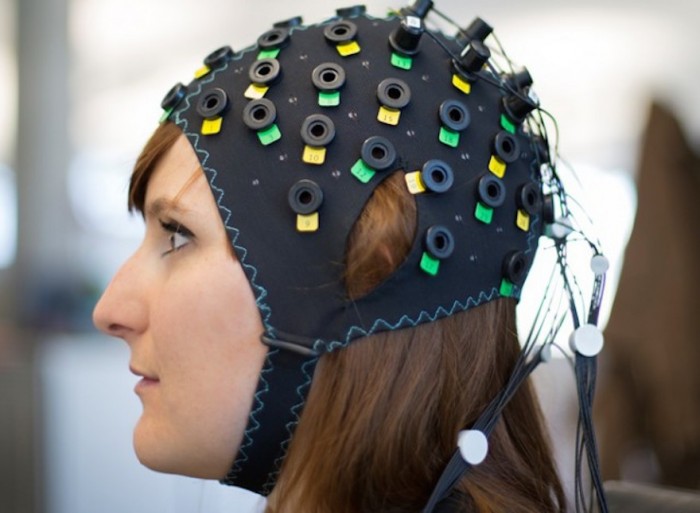Niels Birbaumer, a neuroscientist at the Wyss Centre for Bio and Neuroengineering in Geneva, designed a brain-computer interface to communicate with sufferers of “locked-in syndrome”. The rare medical condition renders sufferers completely paralyzed except for some eye movement. Some patients eventually lose their ability to blink, cutting off their only form of communication with the world. This raises questions of whether they're fully conscious and whether they still wish to live.
Birbaumer’s design provides a way to communicate with sufferers of this kind of paralysis. Researchers used the brain-computer interface to communicate with four people who are completely locked in. The interface fits on a person’s head like a swimming cap. The patients communicate in a binary “yes” or “no” fashion. The brain-computer interface measures changes in electrical waves flowing from the brain as well as blood flow using a technique known as near-infrared spectroscopy.
Over a course of ten days, the researchers conducted a series of trials with the four patients to verify that they could communicate.
In response to the statement “I love to live” and the question “are you happy” three of the four participants responded ”yes”. The researchers claim that the answers were consistent 70 per cent of the time, substantially better than chance.
Birbaumer and his team say their system could be used to diagnose who actually remains conscious and aware. The next step is expanding the interface technology beyond reading binary responses.
The brain-computer interface technology has far-reaching implications for medical science and has the ability to improve the lives of individuals suffering from various conditions, from paralysis to mutism.







